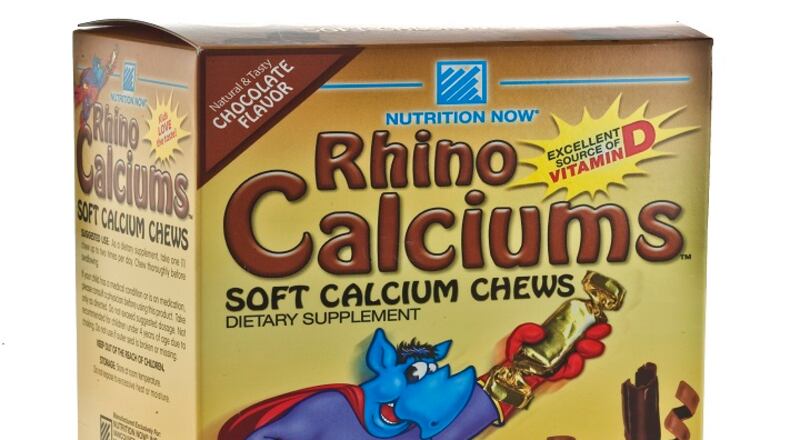It seems we're all trying to drop a few pounds -- or just fit into our spring clothes, if anything. Don't misdirect your good intentions by falling for false information. True weight loss is about fewer calories eaten and more calories burned. It isn't about your blood type, the time you eat or the combination of foods you choose. Environmental Nutrition newsletter offers some solid information about how to weigh less.
--It doesn't matter if you cut carbs or fat to lose weight. Do what works for you. Research shows that both lower-carb and lower-fat eating plans can be effective for weight loss overall, provided we stay within our calorie needs.
--It's normal to be hungry sometimes, but you shouldn't be hungry all the time. If you are, it probably means you aren't eating enough. Or maybe you just need a better mix of complex carbs, protein and healthy fats to make you feel satisfied longer.
--Don't be fooled into thinking that gluten free equals easy weight loss. There's nothing magic about giving up gluten if you don't have celiac disease or non-celiac gluten sensitivity. When people lose weight by going gluten-free, it's usually because they started eating more real, whole foods that are naturally gluten-free.
--There are no foods that increase metabolism. Metabolism is the process of converting what you eat and drink into energy. Having more muscle -- while getting adequate protein -- increases metabolism.
--Choose the right foods. Eating 100 calories of chips doesn't do your body good. Eating 100 calories of almonds or fruits and vegetables provides fuel for your body. Choose foods that give your body value for calorie.
--Skipping meals never works, as it sets you up for future overeating.
--It's tough to exercise away what you eat. Exercise to be strong and healthy; improve your food choices to be at a healthy weight.
Q and A
Q: How much calcium can I absorb at one time from a supplement?
A: For maximal absorption of calcium from supplements, no more than 500 to 600 mg of elemental calcium should be taken as a single dose. For the few people who require more than 500 to 600 mg of calcium in supplement form, the dose should be split. For best absorption, calcium carbonate should be taken with meals. Calcium citrate may be taken anytime, according to Tufts University. The Recommended Dietary Allowance for calcium is 1,000 mg for men and 1,200 mg for women, ages 51 to 70; for adults age 71 and older, the RDA is 1,200 mg. Dairy products and many fortified foods are rich in calcium. An 8-ounce serving of cow's milk or calcium-fortified soymilk and 6 ounces of yogurt all contain 300 mg of calcium.-- Tufts University Health & Nutrition Letter
RECIPE
Chicken has to be one of the quickest meals to get on the table after work. Here's a recipe for Marmalade Chicken, from Eating Well, that is low in fat, high in flavor and low in sodium.
Marmalade Chicken
1 cup reduced-sodium chicken broth
2 tablespoons red wine vinegar
2 tablespoons orange marmalade
1 teaspoon Dijon mustard
1 teaspoon cornstarch
1 pound chicken tenders
1/2 teaspoon kosher salt
1/4 teaspoon freshly ground pepper
6 teaspoon extra-virgin olive oil, divided
2 large shallots, minced
1 teaspoon freshly grated orange zest
Whisk broth, vinegar, marmalade, mustard and cornstarch in a medium bowl. Sprinkle chicken with salt and pepper. Heat 4 teaspoons oil in a large skillet over medium-high heat. Add the chicken and cook until golden, about 2 minutes per side. Transfer to a plate and cover with foil to keep warm. Add the remaining 2 teaspoons oil and shallots to the pan and cook, stirring often, until beginning to brown, about 30 seconds. Whisk the broth mixture and add it to the pan. Bring to a simmer, scraping up any browned bits. Reduce heat to maintain a simmer, cook until the sauce is slightly reduced and thickened, 30 seconds to 2 minutes. Add the chicken; return to a simmer. Cook, turning once, until the chicken is heated through, about 1 minute. Remove from the heat and stir in orange zest. Serves 4.
Per serving: 213 calories, 27 g protein, 10 g carbohydrate, 8 g fat, 6 mg cholesterol, 0 g fiber, 246 mg sodium.
About the Author
The Latest
Featured

